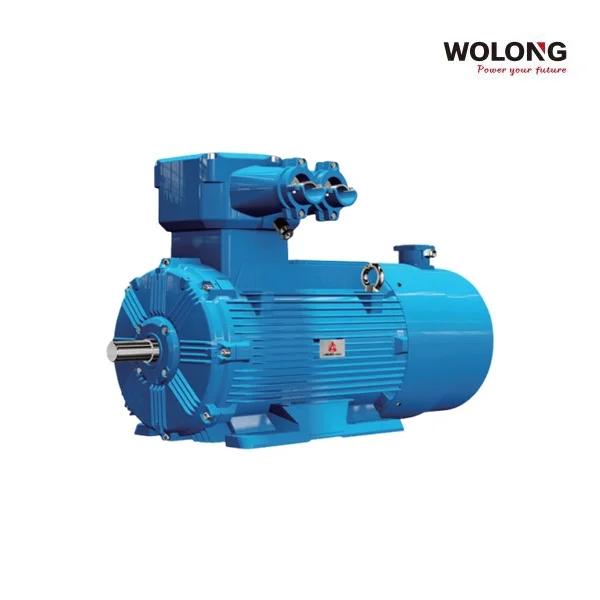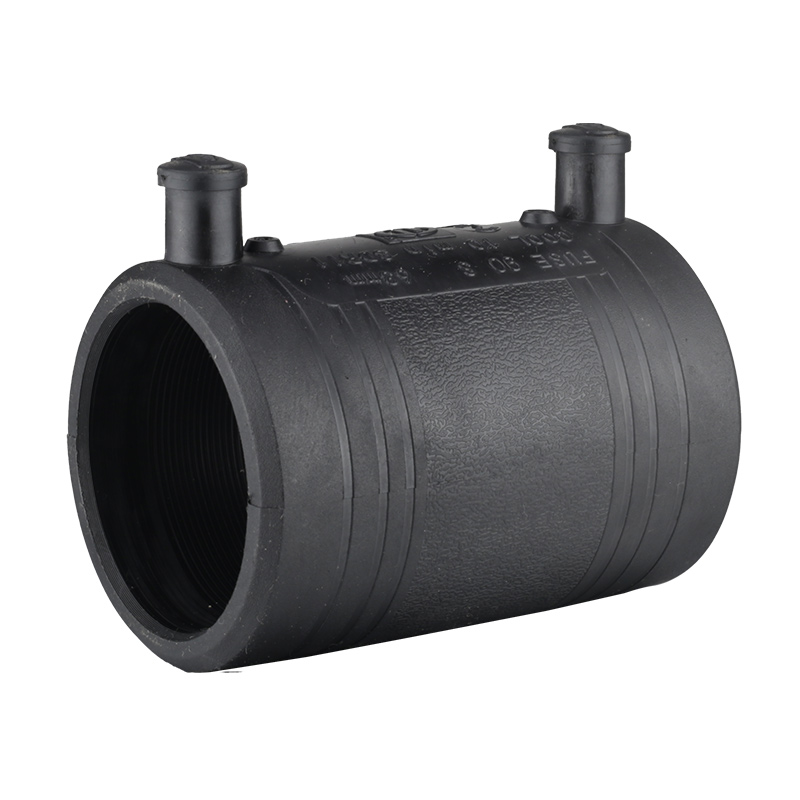In the realm of surveillance, security, and thermal imaging, infrared (IR) cameras have emerged as indispensable tools. Their ability to capture images in low-light conditions has revolutionized various industries, from law enforcement to wildlife monitoring. However, a common question arises: Do IR cameras work in total darkness? This article delves into the intricacies of IR technology, exploring its capabilities, limitations, and practical applications in environments devoid of visible light.
Understanding Infrared Technology
Infrared cameras operate on the principle of detecting infrared radiation, which is emitted by all objects based on their temperature. Unlike traditional cameras that rely on visible light, IR cameras can see heat signatures, making them particularly effective in low-light or no-light conditions. The infrared spectrum is divided into three main categories: near-infrared (NIR), mid-infrared (MIR), and far-infrared (FIR), each with distinct applications and characteristics.
- Near-Infrared (NIR): This range is closest to visible light and is often used in applications like night vision. NIR cameras require some ambient light to function effectively, as they amplify existing light rather than detecting heat.
- Mid-Infrared (MIR): Operating at longer wavelengths, MIR cameras are adept at detecting heat emitted by objects. They are commonly used in industrial applications, building inspections, and surveillance.
- Far-Infrared (FIR): This range is primarily used for thermal imaging and can detect heat from living organisms and inanimate objects alike. FIR cameras are particularly effective in total darkness, as they do not rely on any light source.
Functionality in Total Darkness
To answer the question directly: Yes, IR cameras can work in total darkness, particularly those that utilize mid-infrared and far-infrared technology. These cameras detect the thermal radiation emitted by objects, allowing them to create images based on temperature differences. This capability is crucial in various scenarios:
- Security and Surveillance: In security applications, IR cameras can monitor premises during the night or in dark environments, identifying intruders based on their heat signatures. This is especially useful in areas where traditional lighting is impractical or undesirable.
- Search and Rescue Operations: In emergency situations, such as locating missing persons in dark environments, thermal imaging can be a lifesaver. Rescuers can use IR cameras to detect body heat, even in complete darkness, significantly enhancing their chances of success.
- Wildlife Monitoring: Researchers studying nocturnal animals can utilize IR cameras to observe behaviors without disturbing the natural habitat. This non-intrusive method allows for accurate data collection in total darkness.
Limitations and Considerations
While IR cameras are highly effective in total darkness, there are limitations to consider:
- Temperature Sensitivity: The effectiveness of IR cameras can be influenced by environmental conditions. For instance, extreme weather conditions, such as heavy rain or fog, can obscure thermal signatures and reduce image clarity.
- Calibration and Resolution: The quality of the thermal image depends on the camera's resolution and calibration. Higher-resolution cameras provide more detailed images, which can be crucial for identifying specific objects or individuals.
- Heat Sources: IR cameras detect heat, which means they may struggle in environments with uniform temperature distributions. For example, in a room with heated walls and a cold object, the camera may not effectively distinguish between the two.
Practical Applications and Future Trends
The versatility of IR cameras extends beyond traditional surveillance. Industries such as healthcare, automotive, and manufacturing are increasingly adopting thermal imaging technology for various applications:
- Healthcare: IR cameras are used for non-invasive temperature monitoring, helping to detect fevers or other medical conditions without physical contact.
- Automotive: Advanced driver-assistance systems (ADAS) are incorporating thermal imaging to enhance night driving safety, detecting pedestrians and animals that may not be visible to the naked eye.
- Manufacturing: In industrial settings, IR cameras are employed for predictive maintenance, identifying overheating machinery before it leads to failure.
As technology advances, the future of IR cameras looks promising. Innovations in sensor technology, image processing, and integration with artificial intelligence are set to enhance the capabilities of thermal imaging, making it even more effective in total darkness and various applications.
Conclusion
In summary, IR cameras are indeed capable of functioning in total darkness, primarily through the detection of thermal radiation. Their applications span a wide range of industries, providing critical insights and enhancing safety in low-light conditions. As technology continues to evolve, the potential for IR cameras will only expand, solidifying their role as essential tools in our increasingly complex world. Whether for security, research, or industrial applications, understanding the capabilities and limitations of IR technology is crucial for maximizing its benefits in total darkness.




More Stories
Maximizing Retail Space with Innovative Display Hooks
Why Bluetooth Water Bottles Are Becoming Popular Among Fitness Enthusiasts
Customizing Intelligent Circulation Fan Remote Controls for OEM and ODM Projects